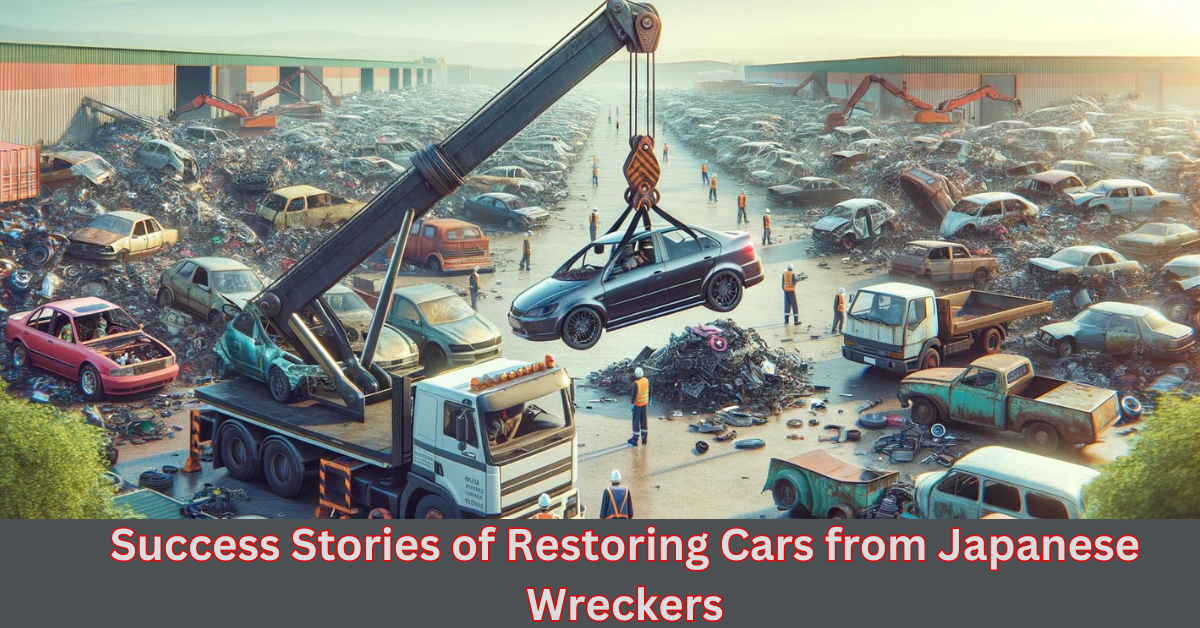Drive Belts Brisbane: A Guide to Automotive Serpentine Belts

In automobiles, every component plays a crucial role in ensuring smooth operations. The drive belt, sometimes called a serpentine belt, is one important but frequently disregarded part. Drive belts in Brisbane and elsewhere are essential for powering various components of your vehicle’s engine. This in-depth manual will explore the world of drive belts, their importance and upkeep, and the reasons they are essential to the operation of your car.
What Are Drive Belts?
Before going any further, let’s first review the definition of drive belts and their function in an automobile’s engine.
Drive Belts – The Backbone of Your Engine
Drive belts are flexible rubber or synthetic material belts that connect and drive multiple engine components, ensuring they work harmoniously. These belts are aptly named “serpentine” due to their winding and looping appearance under the vehicle’s hood.
Types of Drive Belts
There are several types of drive belts in modern vehicles. The most common ones include:
Serpentine Belts:
These belts are the most prevalent and serve multiple functions. They drive the alternator, water pump, power steering pump, and more.
V-Belts:
V-shaped belts are older but still found in some vehicles. They typically drive the air conditioning compressor and other accessories.
Timing Belts:
These belts ensure proper engine timing by synchronizing the crankshaft and camshaft. Failure can lead to severe engine damage.
The Importance of Drive Belts
Now that we understand what drive belts are, let’s explore why they are crucial for your vehicle’s performance.
Powering Vital Components
Drive belts are responsible for powering various essential components in your vehicle. These include:
Alternator:
Produces energy to run the electrical system and charge the battery.
Water Pump:
Coolant is circulated to stop the engine from overheating.
Power Steering Pump:
Assists in easy steering, making driving more comfortable.
Air Conditioning Compressor:
Provides excellent air during hot weather.
Efficient Engine Operation
Properly functioning drive belts ensure the engine operates efficiently. A broken or worn-out belt may cause performance and fuel economy loss.
Maintenance and Replacement
Like all vehicle components, drive belts require regular maintenance and replacement when necessary.
Signs of Drive Belt Issues
To ensure your drive belts are in good condition, watch out for these signs:
- Squealing Noises: A standard indicator of a loose or worn-out drive belt.
- Cracks or Fraying: Visibly damaged belts should be replaced promptly.
- Dashboard Warning Lights: Some modern vehicles have warning lights for drive belt issues.
Maintenance Tips
To prolong the life of your drive belts:
- Regular Inspection: Periodically check for wear and tear indicators.
- Tension Adjustment: Ensure the belt’s tension meets the manufacturer’s specifications.
- Replace Timely: Replace worn-out belts promptly to prevent further damage.
FAQs
How often should I replace my drive belt?
It’s recommended to replace your drive belt every 60,000 to 100,000 miles, but check your vehicle’s manual for specific intervals.
Can I replace a drive belt myself?
It’s possible for experienced DIYers, but it’s recommended to have a professional mechanic handle it for the best results.
Are serpentine belts and timing belts the same?
No, they are different. Serpentine belts power various accessories while timing belts synchronize the engine’s internal components.
What causes drive belts to wear out?
Factors like age, mileage, exposure to extreme temperatures, and overall wear and tear can lead to drive belt deterioration.
Is it safe to drive with a squealing drive belt?
It’s not recommended. A squealing belt can indicate a problem that needs immediate attention, and driving with it can cause further damage to your vehicle.
Conclusion
In conclusion, drive belts are the unsung heroes of your vehicle’s engine. They play a crucial role in powering essential components and ensuring efficient operation. Regular maintenance and timely replacement of drive belts are vital for the longevity of your vehicle. So, the next time you hear that squealing noise under the hood, don’t ignore it; it might just be your drive belts telling you it’s time for some care.






